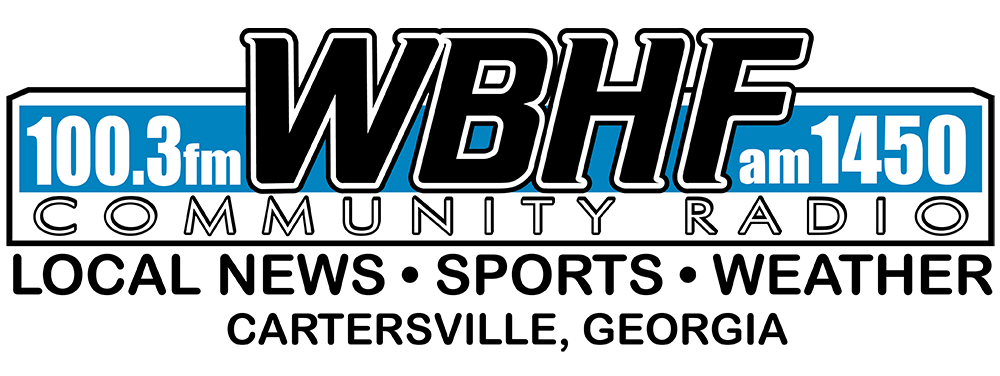Chief Thomas Culpepper of the Cartersville Police Department has advised businesses and consumers to be on the alert for counterfeit money. Chief Culpepper stated that the Police have noticed an increase lately in the number of incidents involving counterfeit money being passed. Chief Culpepper stated, “Everyone needs to be aware that they could easily be given counterfeit money and when they go to use the money they suddenly find that it is counterfeit.”
Chief Culpepper went on to state that many businesses check the larger denomination bills but often do not check the smaller denominations such as ten or twenty dollar bills.
To help identify counterfeit money the following tips are offered by the Police Department:
1. Look at your money. One of the easiest things to detect is the type of paper the money is printed on. United States currency contains tiny red and blue fibers on the main area of the bill. The fibers are actually embedded in the paper itself. Counterfeiters often try to print red and blue lines on counterfeit bills. The quality of paper is often poor on counterfeit bills. Check a suspected counterfeit bill against a real one.
2. Look at the Treasury Seal on the bill. Older bills may have a red seal whereas new bills have a green seal. If the seal is any other color it is counterfeit (except for a blue seal on the Silver Certificate bill – not currently printed). On an authentic bill the seal will have distinct saw tooth points around it. On counterfeit bills the points may be blurred or not there at all.
3. Look at the portrait on the bill. The picture is rendered in sharp clear lines on an authentic bill. On a counterfeit bill the lines may appear to run together.
4. Look at the serial number on the bill. Authentic bills have eight numbers with prefix letters. On counterfeit bills the serial number may appear to be ragged and uneven.
5. Be aware of “raised” counterfeit bills. These are bills that have a part of a high denomination bill placed over part of a smaller denomination bill, thus making the bill appear to be a higher denomination than what it is.
6. Special counterfeit detector pens are available at many office supply stores. Use the pen to make a small mark on the bill. If the color of the mark is black, the bill is counterfeit.
What should you do if you detect or suspect that you are in the possession of counterfeit money? Chief Culpepper stated, “If you receive a counterfeit bill, do not give the bill back to the person who gave it to you. Call the police immediately. We want to get the counterfeit money out of circulation and try to find out the source as quickly as possible.”
The U.S. Secret Service has a web page devoted to detecting counterfeit money. The web site address is http://www.secretservice.gov/money_detect.shtml.
